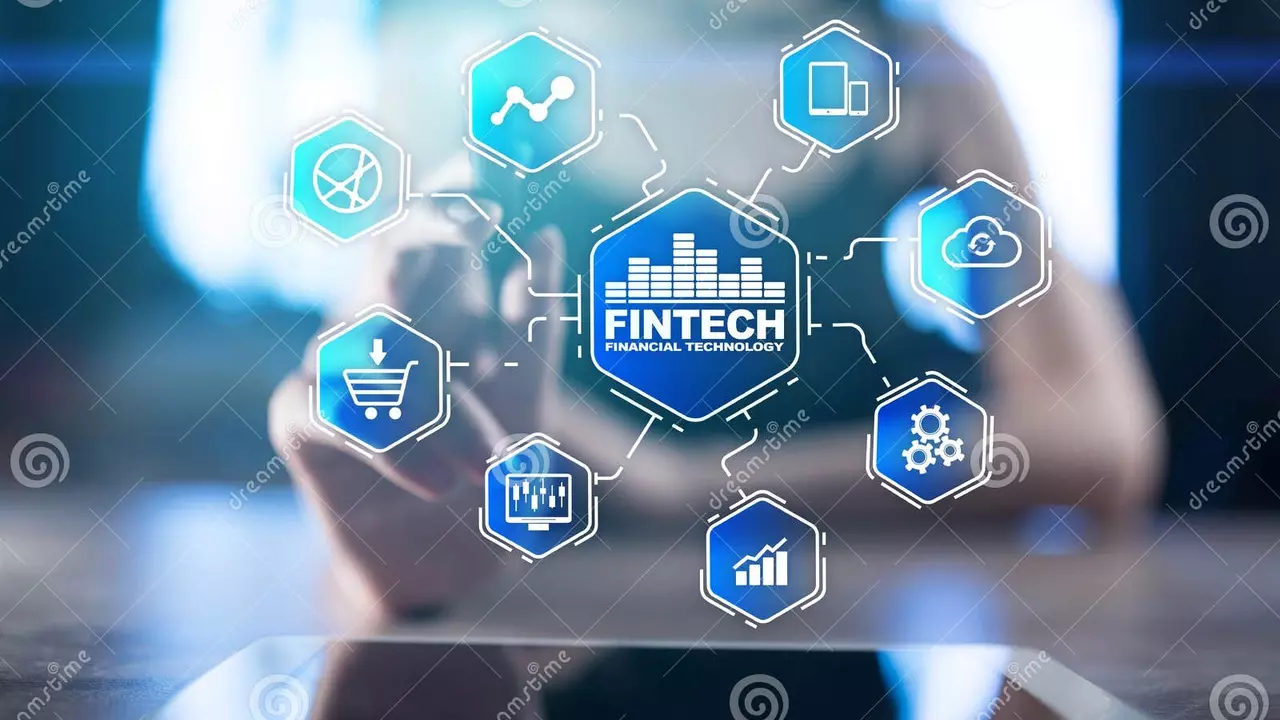Understanding Financial Technology
Before we delve into the examples of financial technology, let's first take a moment to understand what it is. Financial technology, also known as FinTech, is a rapidly growing industry that uses technology to improve and automate the use and delivery of financial services. It's all about how we manage our money, whether that's transferring funds, checking account balances, or making investments. FinTech is changing the way we handle financial transactions and it's reshaping the financial services industry as we know it.
Mobile Payments
The first example of financial technology that we'll discuss is mobile payments. Mobile payments have revolutionized the way we handle transactions. With apps like Google Pay, Apple Pay, and Samsung Pay, we can make purchases without having to carry a physical wallet. All we need is our smartphones. These apps use NFC (Near Field Communication) technology to allow us to pay by simply holding our phones near a payment terminal. The process is quick, easy, and secure.
Cryptocurrency and Blockchain
Another prominent example of FinTech is cryptocurrency and blockchain. Cryptocurrencies, such as Bitcoin, are digital or virtual currencies that use cryptography for security. They operate independently of a central bank. Blockchain, on the other hand, is a decentralized ledger of all transactions across a peer-to-peer network. This technology allows participants to confirm transactions without the need for a central clearing authority. Cryptocurrencies and blockchain are changing the way we think about money and transactions.
Peer-to-Peer Lending
Peer-to-peer lending is another innovative example of FinTech. It's a method of debt financing that allows individuals to borrow and lend money without the need for an official financial institution as an intermediary. Websites that facilitate peer-to-peer lending have significantly disrupted traditional lending models, providing a new way for consumers to get loans and invest money.
Robo-Advising and Stock-Trading Apps
Robo-advisors and stock-trading apps are also part of the FinTech revolution. Robo-advisors use algorithms to manage investment portfolios with minimal human intervention. They provide a low-cost alternative to traditional investment advisors. Stock-trading apps, like Robinhood, democratize access to the stock market, allowing anyone with a smartphone to start investing.
Insurtech
Insurtech, a term derived from "insurance" and "technology," is the use of technology to enhance and streamline the insurance industry. Companies in the insurtech sector use technology to simplify and digitize insurance, making it more user-friendly. This includes everything from mobile apps for buying insurance and filing claims to AI-powered insurance advice.
Regtech
Lastly, there's regtech, short for regulatory technology. Regtech is a new field within FinTech that uses technology to help financial institutions comply with regulations efficiently and inexpensively. Regtech solutions use technologies like cloud computing and big data to manage regulatory processes, reducing risks and improving compliance.
The Future of Financial Technology
As we've seen, FinTech is reshaping the financial services industry. As technology continues to evolve, we can expect even more innovations in the way we manage our money. From artificial intelligence and machine learning to quantum computing, the possibilities are endless. The future of financial technology is bright, and I can't wait to see what's next.

Write a comment